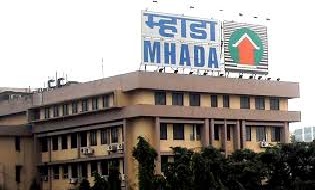The Maharashtra Housing and Area Development Authority (MHADA) is set to implement the final phase of work related to the Geographical Information System (GIS)-based asset and inventory management system that will help in managing the housing body’s land and properties.
Sanjeev Jaiswal, Vice President and Chief Executive Officer of MHADA has directed concerned authorities to initiate the implementation of this system from the beginning of the new year.
According to Jaiswal, this system, based on GIS, would prove to be a boon for the future housing development projects and land management sectors of MHADA. This system will provide immediate access to information regarding the housing body’s current land holdings, potential development on land, encroachments, reservations, and available vacant lands, empowering efficient land management.
The GIS-based asset and inventory management system will enable comprehensive surveys and assessments of various housing society properties in Mumbai and across the state through GIS mapping.
Moreover, satellite imagery will be used to capture accurate representations of structures on existing lands, facilitating precise instructions for site locations, along with the inclusion of satellite images acquired from satellites to enhance accuracy.
Jaiswal suggested expanding the scope of these directives by incorporating information on redevelopment projects covered under Regulation 33/5, 33/7, and 33/9, from inception to the current status and the future prospect of the project, into the system.
Collaborative applications between MHADA’s land, management, architectural, and redevelopment departments are also being developed independently through this system, ensuring all information related to housing, redevelopment, and land becomes available on a single dashboard in this system.
This new system will consolidate diverse records of MHADA’s landholdings across the state, facilitating the smooth integration of various relevant records. It will showcase prevailing laws and regulations, aiding in planning for current land utilization, economic capacity, and construction viability.
This data will be instrumental in various developmental strategies. Besides MHADA officials, this computerized system will eventually benefit the general public.



